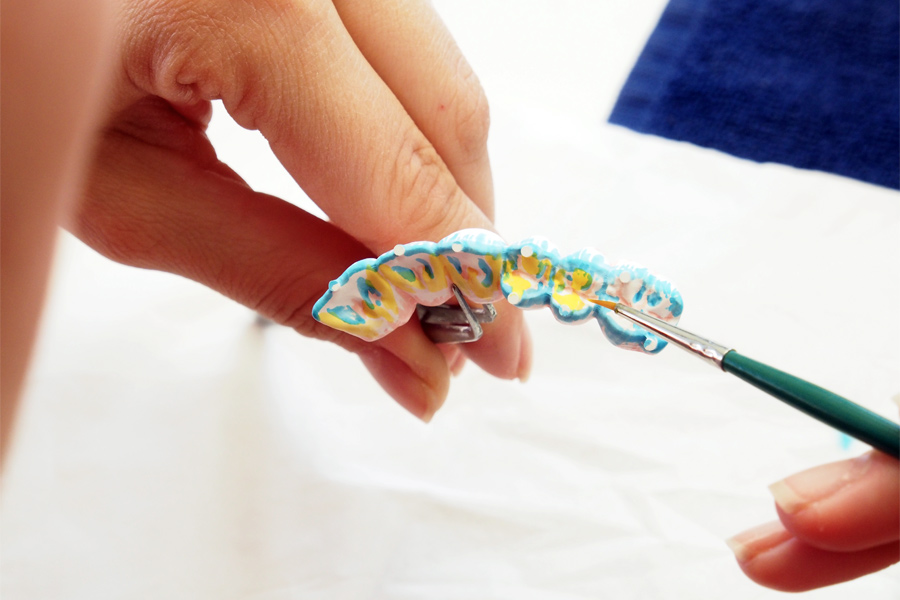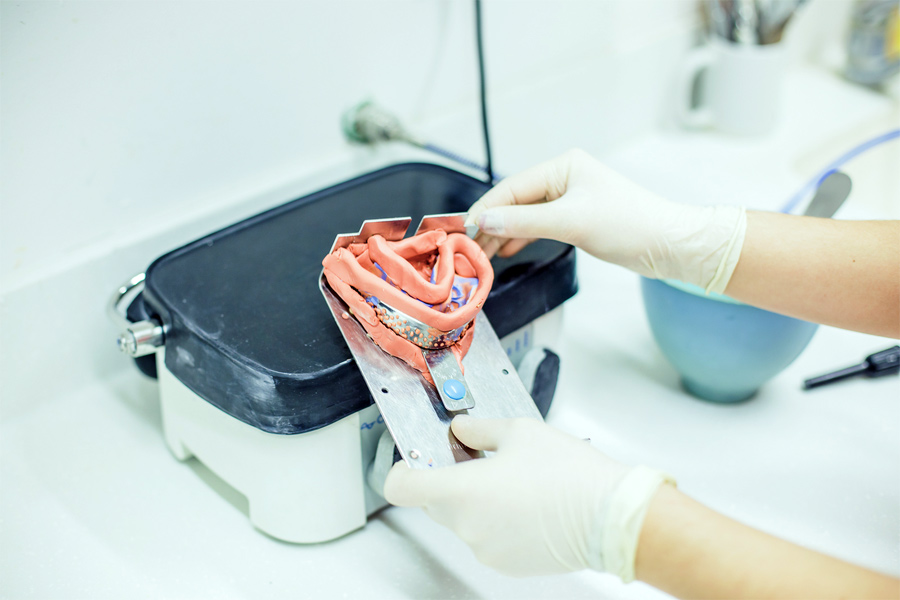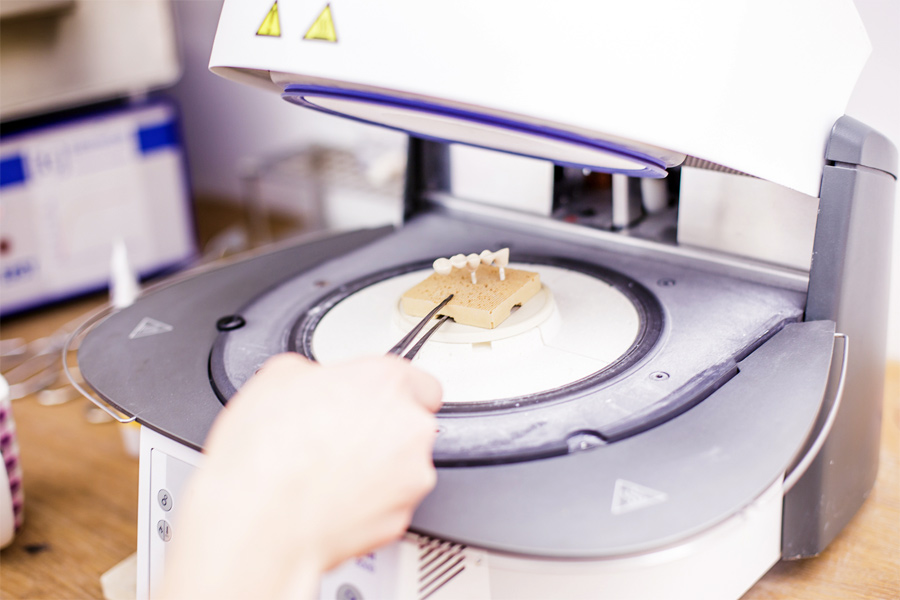Dental Prosthetics As Permanent Fix
Permanent functional and aesthetic solutions that replace one or more teeth with dental prosthetic works
Dental Prosthetics As Permanent Fix
Permanent functional and aesthetic solutions that replace one or more teeth with dental prosthetic works
LATEST 3D TECHNOLOGY
The production of prosthetic dental works includes the use of integrated 3D system consisting of intraoral scanner, digital dental X-ray, and computer modeling and fabrication (CAD / CAM system).
FIXED DENTAL PROSTHETICS
Fixed dental prosthetic works include all types of crowns, veneers, bridges and fixed works on implants. State-of-the-art 3D technology ensures high quality, functionality and aesthetics.
MOBILE DENTAL PROSTHETICS
Mobile prosthetic works include all types of complete and partial dentures. Making them is quick, easy and completely non-invasive. They are the best option for patients who cannot have more complex procedures.
SUPERIOR MAKING
When making all dental prosthetic works we use only the highest quality materials. Which, in combination with our state-of-the-art technology, provide durable dental prosthetic solutions.
Dental prosthetics (prosthodontics) includes fixed and mobile prosthetic works. Fixed prosthetic works are dental restorations that protect teeth or replace one or more missing teeth, with the basic goal of restoring their function and aesthetics.
We distinguish several types of fixed prosthetic works, such as crowns, veneers, bridges and fixed works on implants.
By mobile prosthetic works we mean prostheses. Complete dentures are mobile-prosthetic replacements indicated in patients with complete edentulousness. Making such prostheses is quick, simple and completely non-invasive.
They are made of acrylic base and acrylic or ceramic teeth. They are easy to maintain, they need to be taken out after a meal, washed under a stream of lukewarm water and put back in the mouth.
Mobile dental prosthetic works completely rehabilitate the patient and restore impaired function and aesthetics. They are the best option for patients who, for health reasons, are contraindicated in more complex procedures.
Partial dentures are also mobile-prosthetic replacements, and are made when the patient still has their teeth or implants implanted, but the layout and number of such chewing units is not sufficient to make a fixed-prosthetic replacement.
The partial denture consists of an acrylate base (in combination with metal) and retention elements. The type of retention elements is determined individually for each patient. The manufacturing process is non-invasive, the prosthesis is very stable and comfortable to wear, which is why patients easily get used to such replacements.




